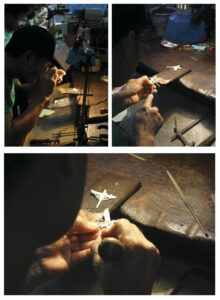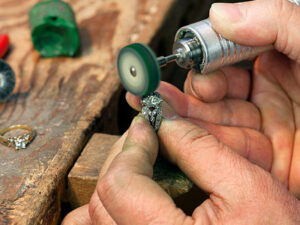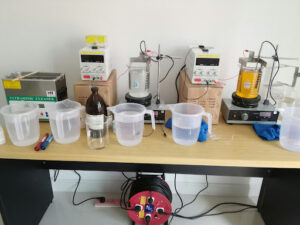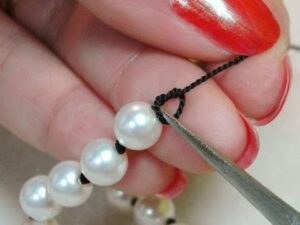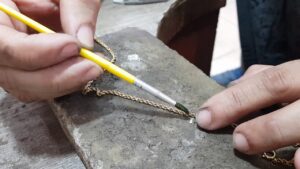Proper jewelry maintenance is essential to preserving the beauty, value, and longevity of your precious pieces. While at-home cleaning methods can help keep jewelry looking its best, professional maintenance ensures deep cleaning, secure settings, and expert care. This guide explores the key aspects of professional jewelry maintenance and how to keep your collection in pristine condition.
Guide to Professional Jewelry Maintenance
Why Professional Jewelry Maintenance Matters
Regular professional maintenance helps:
- Remove deep-seated dirt and tarnish that at-home cleaning can’t tackle.
- Identify and fix loose stones or damaged settings before they lead to loss.
- Restore the original brilliance of gemstones and metals.
- Extend the lifespan of valuable jewelry pieces.
Essential Professional Jewelry Maintenance Services
1. Professional Cleaning and Polishing
Jewelers use specialized equipment and solutions to restore jewelry’s shine without causing damage. Common methods include:
- Ultrasonic cleaning: High-frequency sound waves loosen dirt and debris.
- Steam cleaning: High-pressure steam removes grime from intricate settings.
- Buffing and polishing: Professional tools restore metal surfaces to their original luster.
2. Stone Inspection and Tightening
Over time, prongs and settings can loosen, putting gemstones at risk of falling out. A jeweler will:
- Inspect prongs and bezels to ensure stones are secure.
- Tighten loose stones to prevent accidental loss.
- Replace worn-out prongs or settings when necessary.
3. Rhodium Plating for White Gold
White gold jewelry is often coated with rhodium to enhance its brilliance and durability. Over time, this plating wears off, leading to a dull appearance. How professionals restore it:
- Clean and polish the white gold piece.
- Reapply rhodium plating to restore its bright, silvery-white shine.
- Recommend re-plating every 1–2 years, depending on wear.
4. Restringing Pearl and Beaded Jewelry
Pearl necklaces and beaded jewelry are strung on silk or nylon threads that weaken over time. To prevent breakage, jewelers offer:
- Restringing services: Ensures durability and prevents sudden strand breakage.
- Knotted restringing: Places knots between pearls to prevent friction and loss.
5. Ring Resizing and Reshaping
Finger sizes can change over time, making rings too tight or loose. Professional jewelers can:
- Resize rings up or down for a comfortable fit.
- Reshape bent rings to restore their original form.
- Strengthen weakened bands to prevent future bending.
6. Repairing Damaged Jewelry
Damaged clasps, broken chains, and bent prongs require professional repair. Common repairs include:
- Soldering broken chains or rings.
- Replacing missing gemstones.
- Fixing or replacing clasps and earring backs.
How Often Should You Get Professional Jewelry Maintenance?
- Every 6 months: Routine cleaning and stone inspection.
- Every 1–2 years: Rhodium plating for white gold, pearl restringing.
- As needed: Repairs, resizing, or restoration of damaged jewelry.
Tips to Extend Time Between Professional Cleanings
- Store jewelry properly: Keep pieces in a jewelry box or anti-tarnish pouches.
- Avoid harsh chemicals: Remove jewelry before using cleaning products or applying lotions.
- Clean regularly at home: Use mild soap and water to maintain sparkle between professional cleanings.
Professional jewelry maintenance ensures that your treasured pieces stay in top condition for years to come. Regular cleanings, stone inspections, and necessary repairs can prevent long-term damage and preserve the value of your collection. By combining professional care with proper at-home maintenance, you can enjoy your jewelry’s beauty and brilliance for a lifetime.

